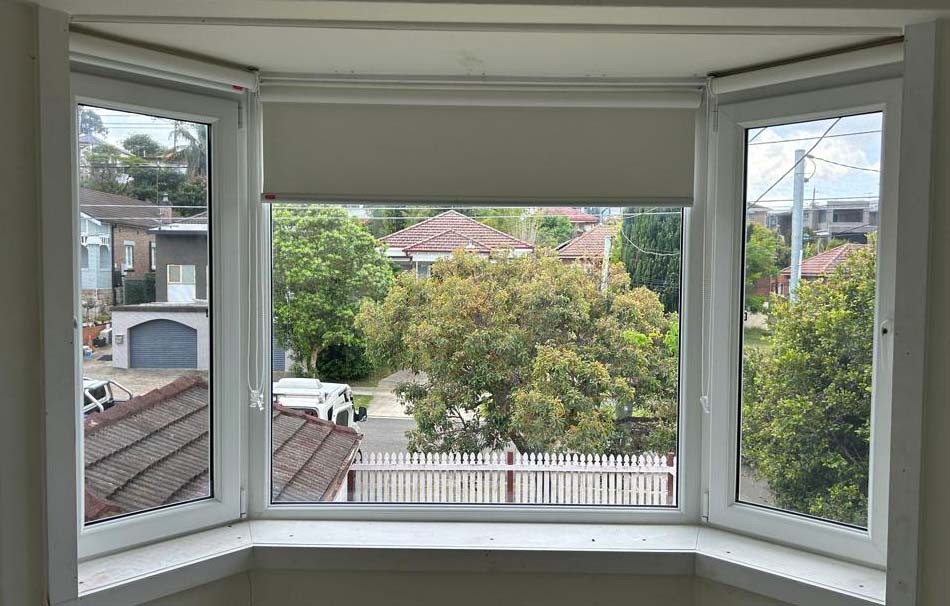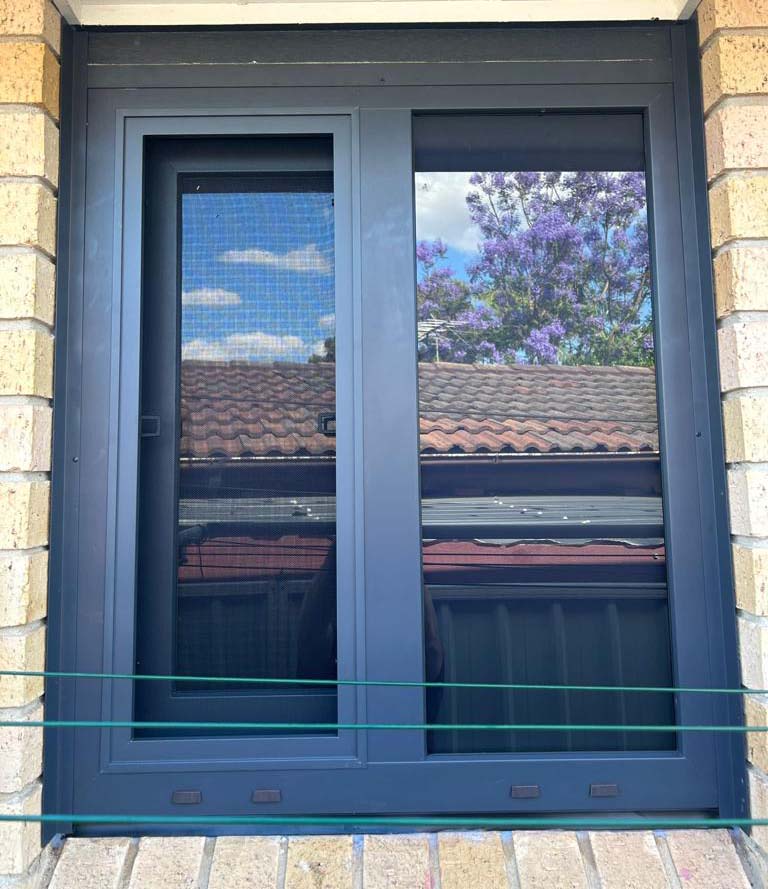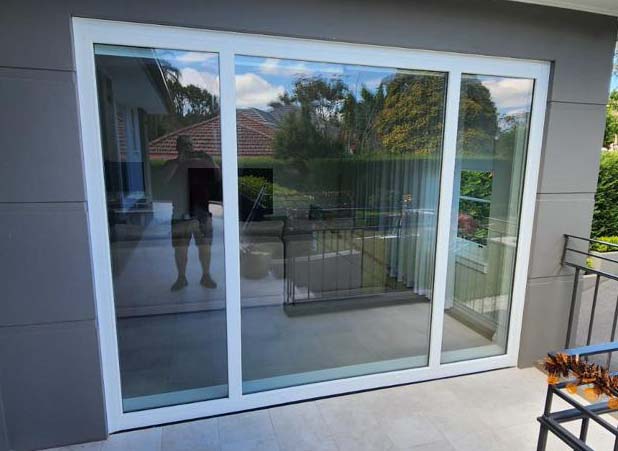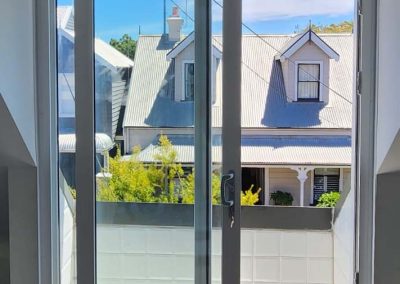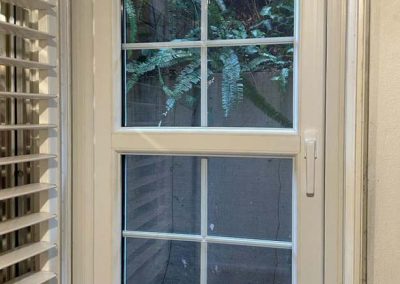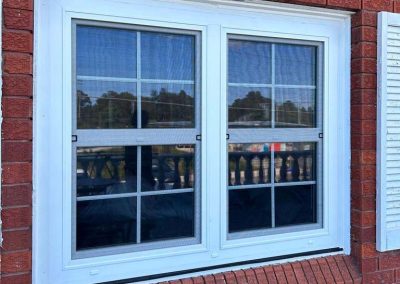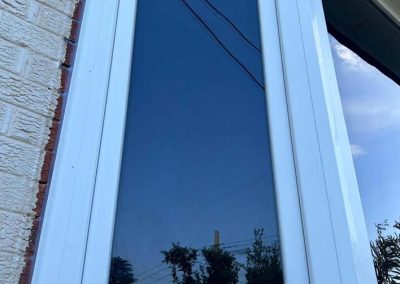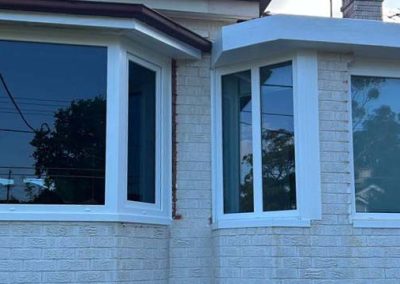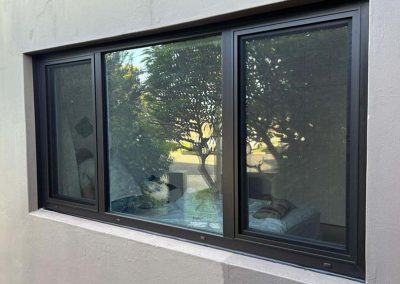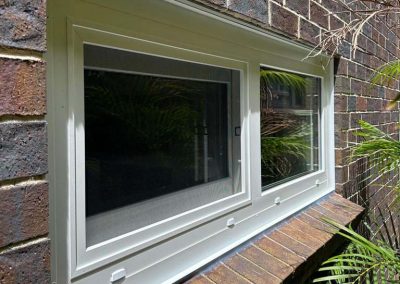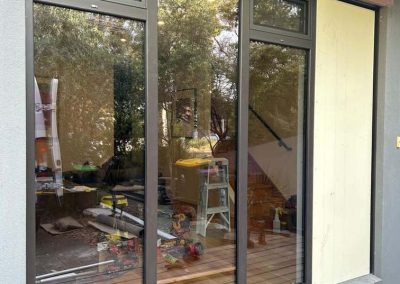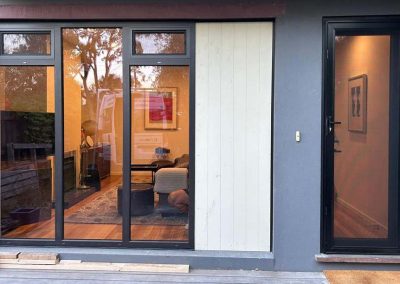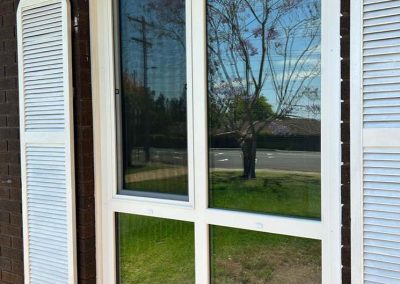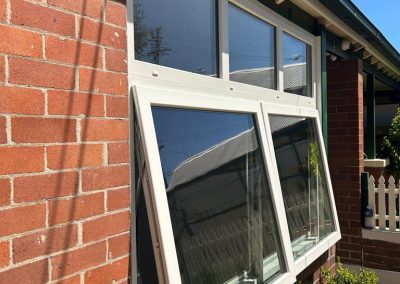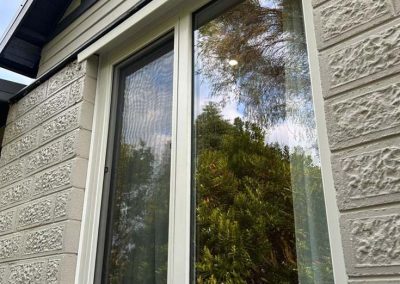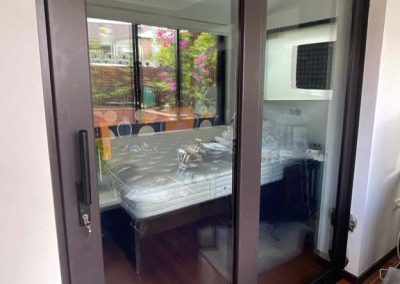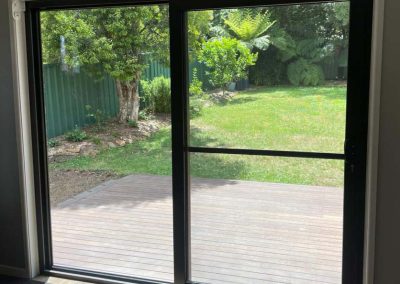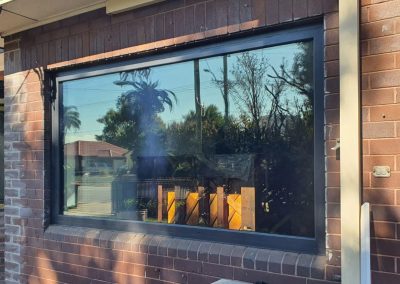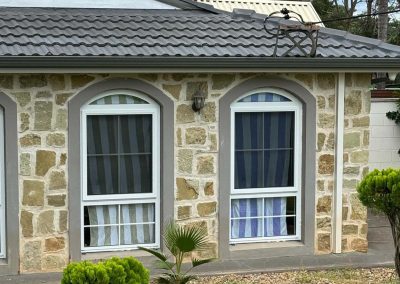Avoiding Pitfalls: How to Choose the Right uPVC Double-Glazed Windows
It is rash to choose a good double-glazed window without knowing a lot of information. The range of uPVC windows is very wide: the market offers many configurations, styles, and technical characteristics. If the styles and configurations are more or less clear, what about the technical side? How can one understand which properties of the uPVC windows are listed in the accompanying window literature, and which are omitted? This happens seldom, of course, but any self-respecting company provides a complete list of characteristics in the technical documentation for a double-glazed window. However, you should know some tricks, and we will tell you about them in this review. Of course, this is not the whole scope of knowledge concerning the production of plastic windows and double glazing in particular, but this information will help you avoid not only the difficulties of choosing but also deception.
Performance of High-Quality Double Glazing
It is worth considering the modern technology used in window production. Since modern production facilities have excellent technological and precision equipment, innovative technologies are increasingly being used in the production of windows. Among them are:
- Two types of Low-E coating (obtained by applying a pyrolytic process or a magnetron process, both with special qualities of solar control and particular strength);
- The use of inert gases to fill the glass space to obtain a higher level of noise insulation;
- Using a range of coatings and technologies (reinforcing film, tempering, float glass, etc.) to create tougher glazing;
- Strong and resistant fittings, capable of withstanding a huge number of manipulations and negative influences.
Does the glazing unit you have selected really have these properties?
It is easier to check than you may think. Firstly, any property must comply with STATE STANDARD, i.e., state technical standards. And secondly, any product has traces of production that do not manifest themselves in a breach of neatness or integrity. They are:
- The Low-E coating gives the glass a darkish tint when viewed at a certain angle. This tint is not visible to the direct eye because otherwise the glass should be transparent and the aesthetics would be compromised.
- The inert gas must have somehow entered the space between the panes of glass and, accordingly, an inlet valve can be seen on the inside wall of that space. This is an indication that inert gas and not air is actually there and you have not paid for a marketing ploy.
- High-quality hardware enables smooth manipulation of window modes (opening, closing, ventilation modes, sliding, etc.) without jerks.
Need a consultation?
Our operators will answer any questions
Pay Attention to Tightness
Another tricky part is the sealing. The rubber gasket is a consumable element in high-quality double-glazed windows, so it can be replaced if it wears out. The removable seal has the advantage over its fixed counterpart that there are no air bridges due to the absence of broken solder corners in the bend. A prerequisite for energy efficiency is a reliable seal. Of course, this factor also depends on the quality of the installation and the preliminary work immediately prior to installation. And here, the technical recommendations of the installation process itself must be followed. This is a topic for a separate review. It is worth noting that the assembly itself also affects the sealing quality of the insulating glass unit. Factory assembly takes place using modern equipment, which allows this process to be carried out accurately and precisely. If the insulating glass unit is of high quality, this can be seen first and foremost in the precision of workmanship (precise geometry, straight lines, no gaps between the frame and glass, or any other defects).
The Role of Fittings
The hardware itself does not affect the noise insulation, but if during the use of the uPVC window block, the bolts are weakened and cease to ensure the tightness of the system, it is possible for external noises to enter the room along with drafts. To solve the problem, it is enough to strengthen the tightness of the clamping.
How to do it:
- Open the sash.
- Find the protruding adjusting elements on its planes. They are called trunnions and can be round, oval, or in the form of kegs or cylinders.
- Using a screwdriver or hexagonal wrench, carefully tweak them. The spacing should be no more than 1 mm. Direction: to increase the tightness of the clamping, the risk mark or notch should face towards the room. For loosening, it should face outdoors.
Get a quote
Contact us today to find out how Prestige Plus specialists can help you solve your problem

